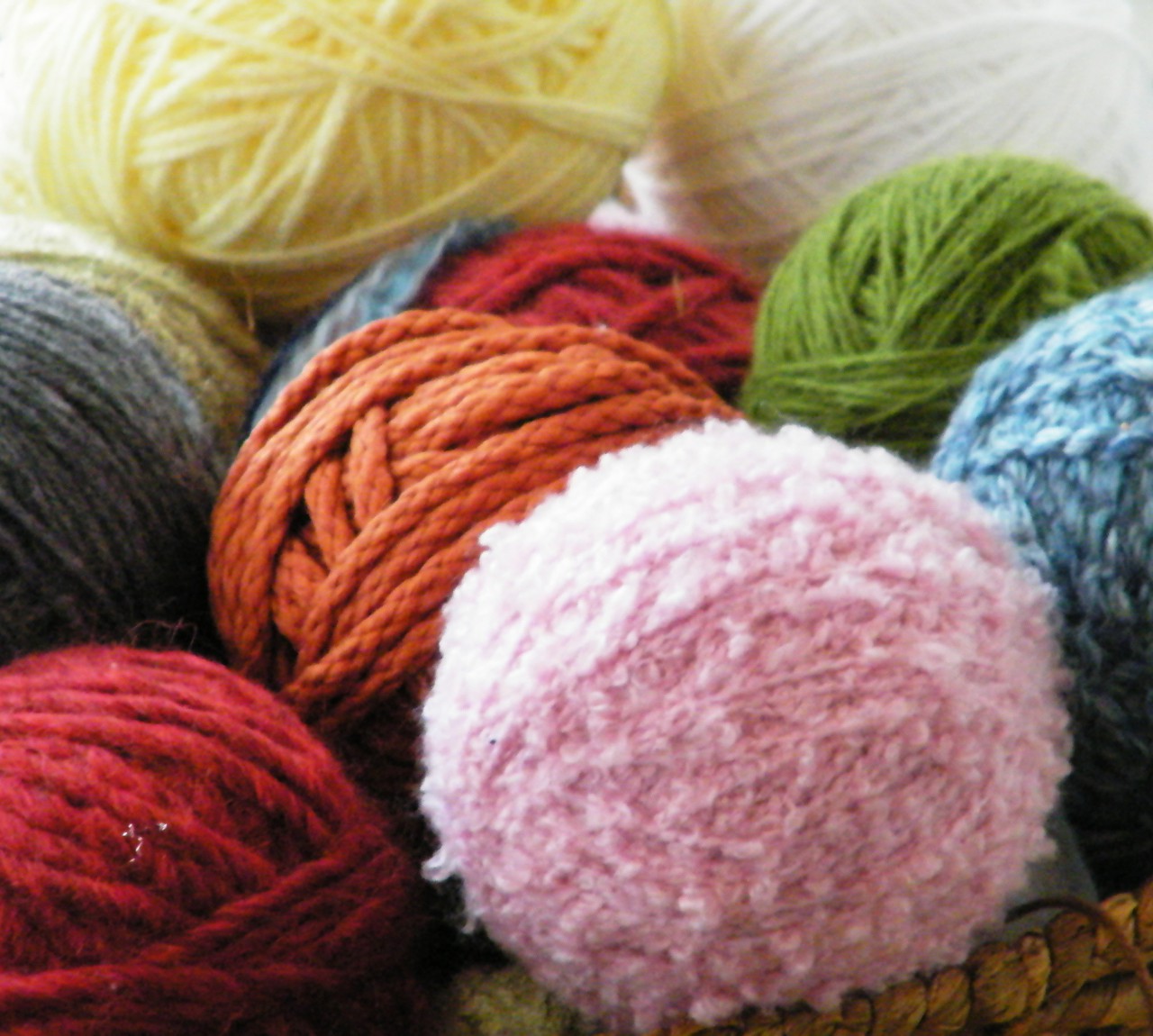One of the most exciting parts of spinning your own yarn is choosing which fiber to spin next. Almost anything stranded and remotely fibrous can be turned into beautiful, custom skeins of yarn, except straw. Sorry, no unlimited stores of spun gold here. However, you could spin cotton bolls, sheep’s wool, or your cat’s shed fur into yarn. There are a large number of domesticated animals that are bred specifically for their furs, fiber, or fleece, cats excluded.
One of the animals you may automatically think of is the sheep. Sheep were first domesticated almost 8000 years ago and had been everywhere from Mesopotamia to Babylon and even Europe (McCloy). Romans brought wool to the British Isles and Spain, from which they bred merino wool, known among spinners as being exceptionally soft and luxurious (McCloy).
Another fiber that is famous for its supreme softness is cashmere. The wild alpine goat that cashmere comes from is native to the foothills of the Himalayas (McCloy). The staple length, the length of the individual fibers, is between one and three inches and raw cashmere fiber is one of the priciest fibers at about $70 a pound (McCloy). Cashmere fiber naturally comes in white, brown, black, or grey and the highest quality fiber needs no processing (carding or combing), just fluff and spin. This is in stark contrast to some other fibers that can be used for spinning.
One of these processing intensive fibers is cotton. Mankind has been growing cotton since 3000 BCE and has carried it all over the world (McCloy). Cotton is mostly white but there are also green and brown varieties and the staple length of cotton can range from longer than one and three-eighths of an inch to fibers that are shorter than an inch depending on the species of plant (McCloy). What makes cotton a great choice for a true do-it-yourselfer is that you can grow your own cotton plants from seed, harvest the bolls, make your own inexpensive cotton gin to remove the seeds from the fiber, and then card and process the fiber for spinning all by yourself. That would make a truly personal and heartfelt gift for a loved one.
Another labor-intensive fiber that can be spun is silk. Silk fiber is made, or harvested, from the cocoons of a species of moth called the mulberry silk moth (McCloy). Silk was first discovered in China in the 27th century BCE and is one of the oldest sources of fiber (McCloy). The moth cocoons are gathered and then boiled while the larva is still inside in order to kill the worm and break up the stick substance that holds the cocoon together (McCloy). After these treatments and more fiber prepping the silk fibers are ready to be spun into beautiful yarns or threads.
There are many more fibers that can spun such as alpaca, llama, angora, lambs wool, and linen as well as some more exotic ones that you may not have heard of such as camel, vicuna (South American camel), and quiviot (the undercoat of the musk ox) to name a few (McCloy). There is no limit to the imagination when it comes to spinning fiber. Anything you can dream of is spin-able and can be made into beautiful yarn for any project you could conceive of, even cat fur.
Works Cited
McCloy, Heather. “Favorite Fibers of Handspinners.” Company of the Silver Spindle. N.p., n.d.. Web. 16 Mar. 2015.
